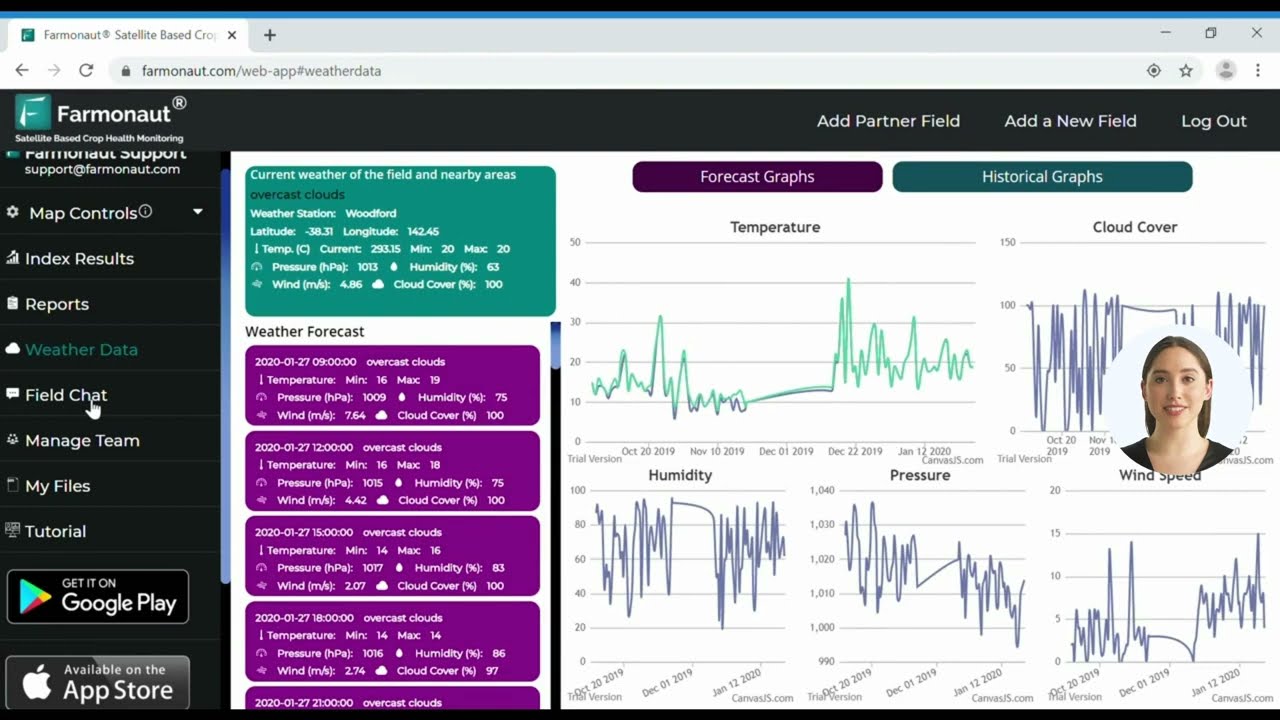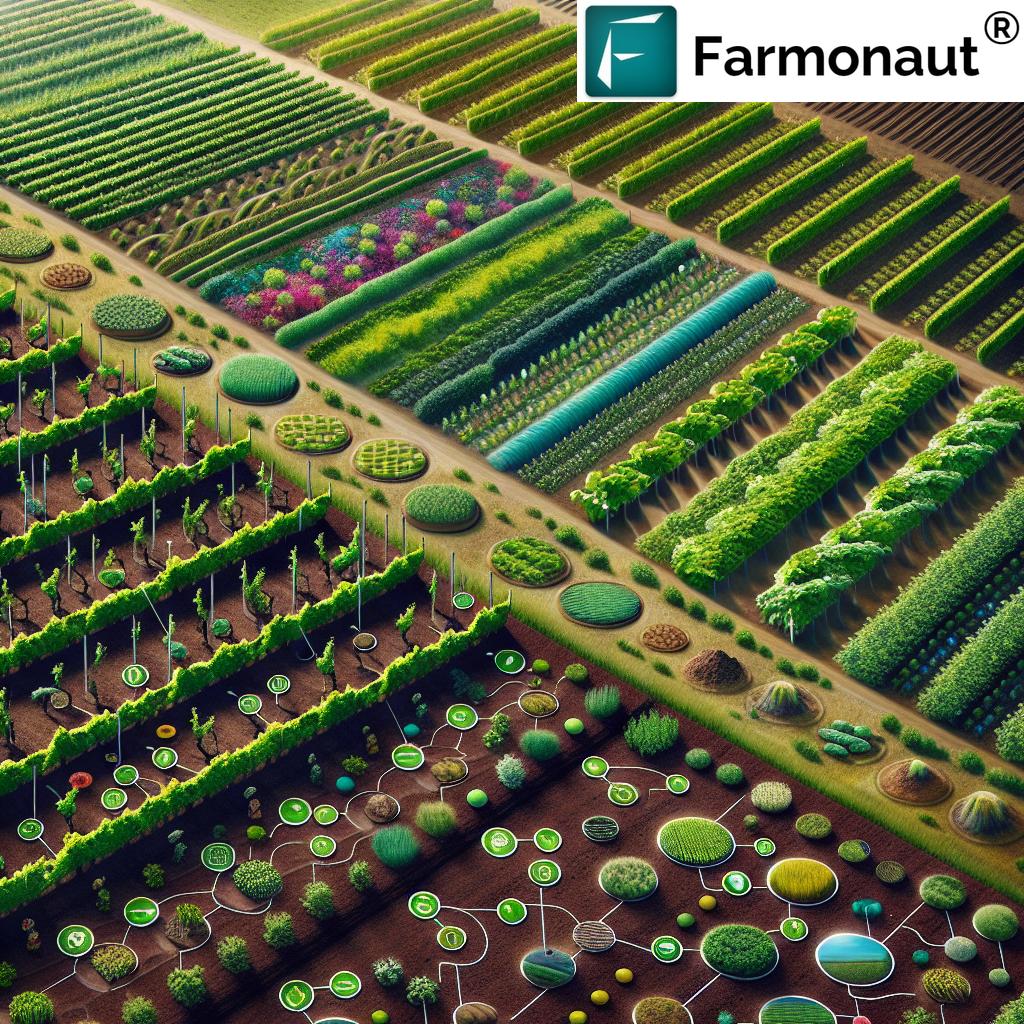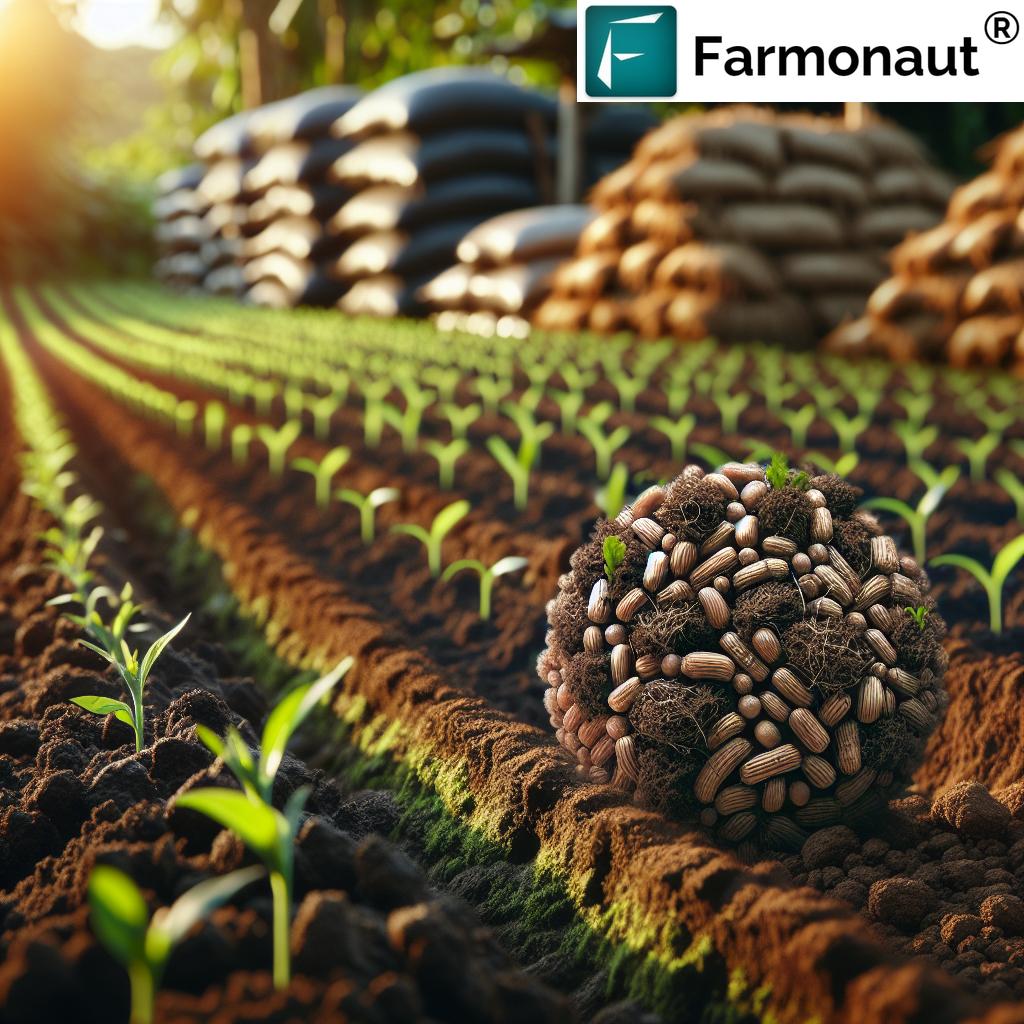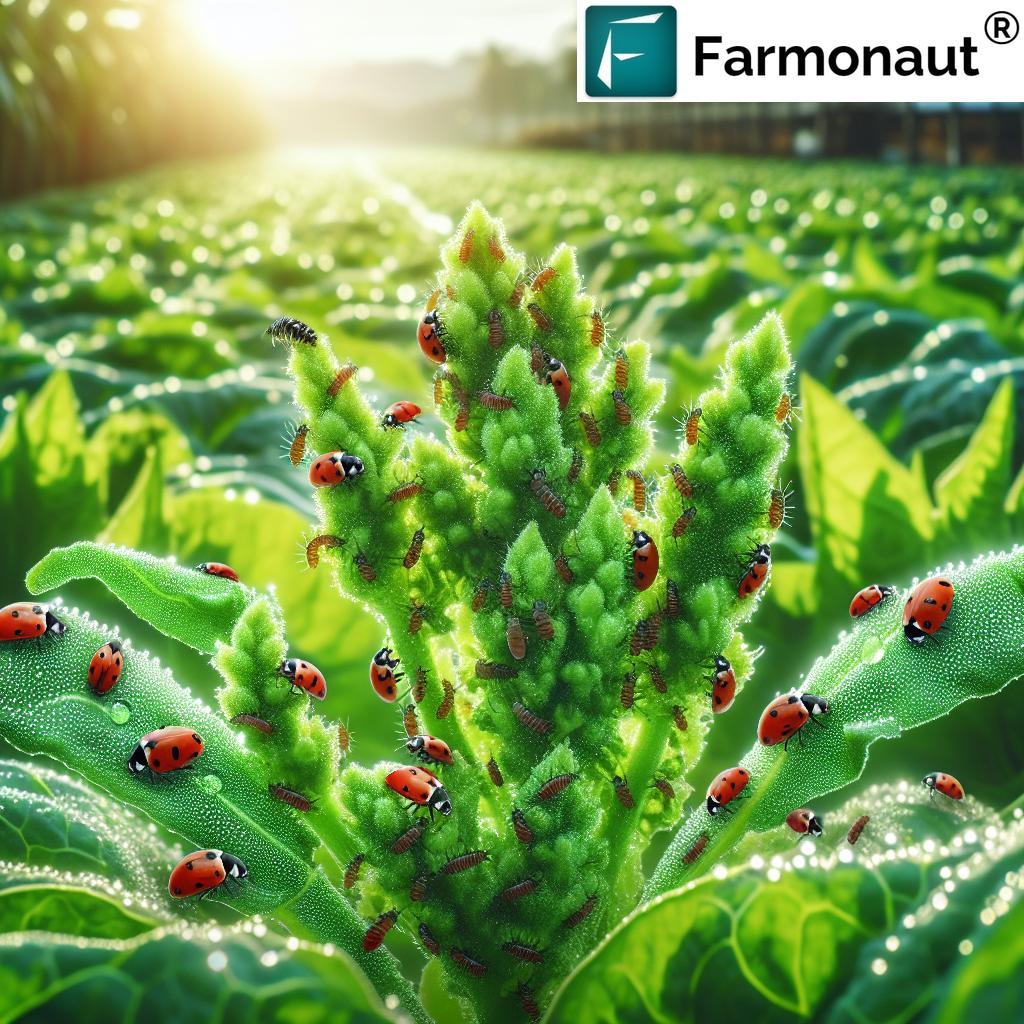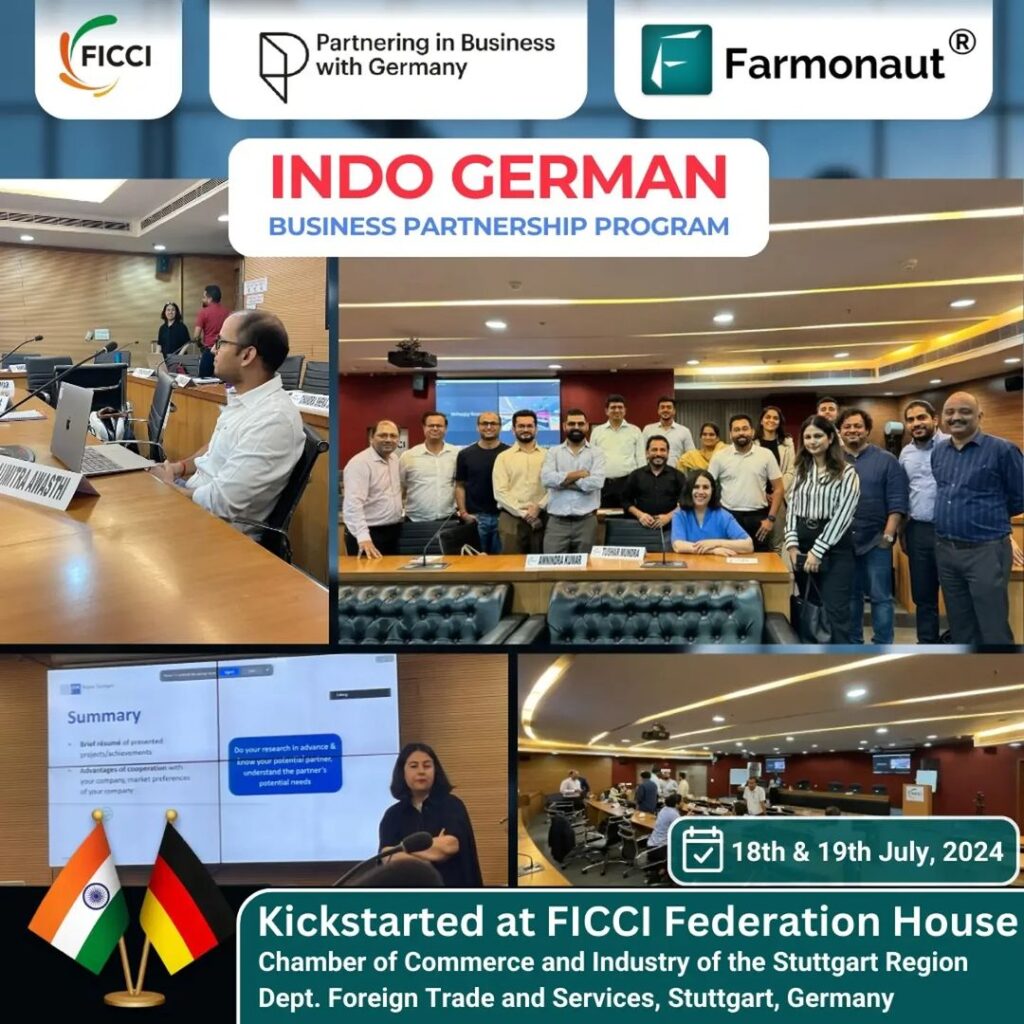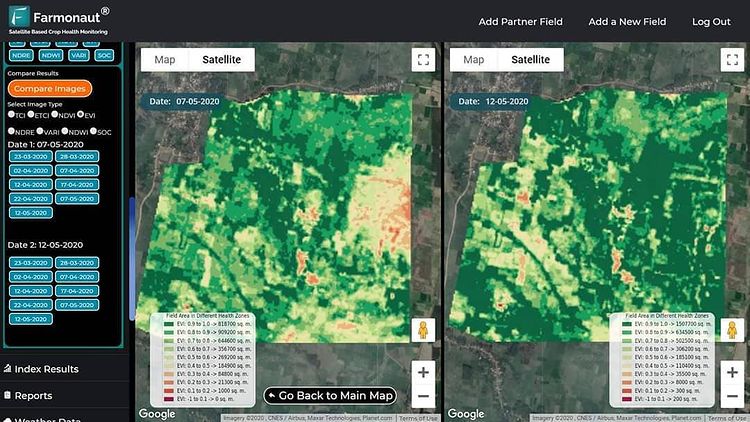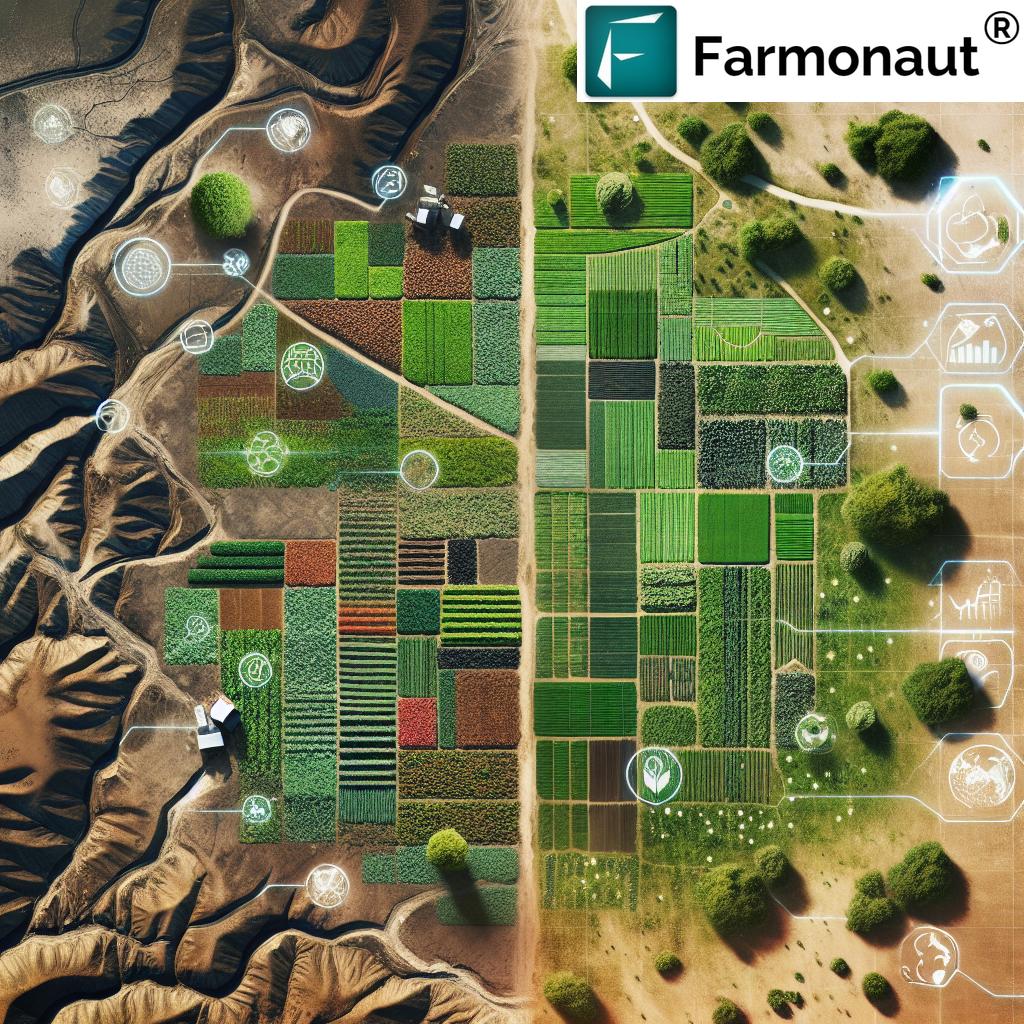Sustainable Viticulture: 7 Eco-Friendly Practices
Introduction to Sustainable Viticulture
Sustainable viticulture stands at the core of eco-friendly wine production, balancing environmental, social, and economic needs while ensuring the future viability of vineyards across the globe. This holistic approach to grape growing integrates best practices for soil, water, biodiversity, and resource management. The ultimate aim? To create resilient vineyard ecosystems that produce high-quality wines and foster positive community impact.
As climate change, resource constraints, and shifting consumer preferences reshape agriculture, sustainable viticulture provides a path forward for growers seeking both profitability and principled stewardship. Whether you’re a wine enthusiast, a grape grower, or part of an agricultural community, understanding these eco-friendly practices is essential to support a healthy, enduring wine industry.
Principles of Sustainable Viticulture: Foundation for Success
At its essence, sustainable viticulture integrates:
- Environmental stewardship: Preserving soil, water, and natural habitats.
- Resource conservation: Reducing waste, optimizing inputs, and ensuring energy efficiency.
- Social responsibility: Engaging local communities, fostering fair labor, and building lasting relationships.
- Economic viability: Lowering costs through efficient management, improving quality, and creating market value around sustainable wines.
This integrated mindset acknowledges that ecological balance and social engagement are inseparable from economic success, driving the advancement of sustainable viticulture practices worldwide.
7 Eco-Friendly Sustainable Viticulture Practices
Below, we explore seven core sustainable viticulture practices that are reshaping vineyard management for sustainability. Each supports soil, water, energy, and community health—forming the backbone of modern, eco-friendly wine production.
1. Soil Health and Management in Vineyards
Soil health in vineyards forms the very cornerstone of sustainable viticulture. A well-managed soil ecosystem enhances nutrient cycling, water retention, and root growth, paving the way for resilient vines and superior quality grapes.
- Reduced Tillage: Minimizes soil disturbance, preserving structure and supporting microbial life.
- Composting and Green Manures: Adding organic matter helps maintain fertility naturally, fostering a robust environment for vine growth.
- Cover Cropping: Growing specific plants between rows of vines prevents erosion, suppresses weeds, and supplies habitats for beneficial insects. Cover crops can also add organic materials and enhance soil structure.
- Soil Monitoring: Using technology for regular assessment of soil moisture and nutrient levels ensures balanced management.
Scientific studies show vineyards with active soil management can significantly improve vine resilience, lower dependency on synthetic inputs, and reflect greater terroir—contributing to high-quality, sustainable wines.
Discover how Farmonaut’s real-time soil monitoring and crop health insights can empower sustainable vineyard management for all scales of grape-growing operations.
2. Water Conservation and Management in Grape Growing
Water conservation in grape growing is an essential practice, especially in regions facing increasing water scarcity. Efficient water use not only protects natural resources, it also enhances vine resilience and improves fruit quality for sustainable, eco-friendly wine production.
- Drip Irrigation: Precisely delivers water directly to vine roots, reducing waste by minimizing evaporation and runoff.
- Soil Moisture Monitoring: Regular monitoring allows optimal hydration—avoiding both over- and under-irrigation.
- Rainwater Harvesting and Reuse: Systems that capture and reuse rainwater further conserve local water resources.
- Mulching: Applying organic mulch slows evaporation and improves soil retention of water.
Recent advances show that precisely managed irrigation in sustainable viticulture can achieve water savings of up to 50% compared to conventional methods.
Looking for real-time satellite-based soil moisture and irrigation planning?
Explore Farmonaut’s Carbon Footprinting solutions—empowering vineyards with actionable analytics to conserve water, reduce inputs, and lower their environmental impact.
Integrate Farmonaut API in your custom vineyard software, or check the comprehensive API developer docs for sustainable farm management integrations.
3. Integrated Pest Management in Viticulture (IPM)
Integrated pest management in viticulture (IPM) is a cornerstone practice for maintaining ecological balance and reducing environmental impact in vineyards. IPM combines biological, cultural, and mechanical methods to control pests while minimizing chemical pesticide use.
- Encouraging Natural Predators: Supporting populations of beneficial insects, birds, and animals that prey on common grape pests.
- Resistant Grape Varieties: Utilizing cultivars bred for disease and pest resistance, lowering the need for interventions.
- Cultural Practices: Rotation, sanitation, and canopy management techniques disrupt pest life cycles.
- Monitoring & Thresholds: Regular pest surveillance helps target interventions only when necessary.
- Mechanical Controls: Physical removal, barriers, and traps further reduce reliance on chemicals.
Vineyards that implement IPM experience improved vine health, reduced input costs, and a more sustainable, balanced ecosystem.

Farmonaut users benefit from AI-powered pest alerts and crop health observation, helping make timely, data-driven IPM decisions while protecting yields and the environment.
4. Biodiversity in Vineyards: Enhancement and Benefits
Promoting biodiversity in vineyards is vital for long-term ecosystem resilience and overall quality in eco-friendly wine production. By fostering a rich diversity of plants, animals, and insects within and around the vineyard, growers can achieve greater sustainability and a range of benefits.
- Agroforestry and Habitat Preservation: Conserving existing woodlands, hedgerows, and wetlands on vineyard lands provides shelter and food for myriad species.
- Cover Crops & Flowering Plants: Interplanting rows with diverse flora supports beneficial insects and pollinators that naturally control pests.
- Integrated Livestock: Grazing sheep or poultry in vineyards can assist with weed control, fertilization, and soil aeration.
- Creating Wildlife Corridors: Mapping and preserving migration routes enhances genetic diversity in local species.
Studies show that biodiversity enhancement leads to better pest management, healthier soils, and increased vineyard resilience to climate and disease stresses.
Learn more about large-scale sustainable farm management for biodiversity and ecological balance in perennial crops.
5. Energy Efficient Vineyards & Renewable Energy
Improving energy efficiency in vineyards is a top priority for reducing the carbon footprint of viticulture operations. By embracing renewable energy and optimizing workflows, vineyards can dramatically lower both costs and environmental impact.
- Solar Panels: Powering water pumps, processing equipment, or winery facilities with solar significantly reduces reliance on fossil fuels.
- Wind and Bioenergy: Rural vineyards may harness wind turbines or create biogas from grape pomace and prunings.
- LED Lighting & Energy-Efficient Machinery: Upgrading to low-energy equipment throughout the vineyard and winery improves energy use intensity.
- Smart Scheduling: Timing field work to avoid unnecessary fuel consumption, using technology and fleet monitoring.
Explore Farmonaut’s resource and fleet management tools to track, schedule, and optimize energy use across vineyard operations—saving money and promoting sustainability.
Farmonaut’s carbon footprinting features allow operations to monitor greenhouse gas emissions in real-time, supporting compliance and continual environmental improvement.
6. Sustainable Wine Packaging and Transportation
Reducing the environmental impact of packaging and transportation is increasingly important in the journey towards sustainability for wine producers. Eco-friendly solutions and logistical optimization continue to drive forward progress.
- Lighter Bottles & Recycled Materials: Bottles made with less glass and higher recycled content help lower energy use and emissions from production to delivery.
- Sustainable Printing: Labels using water-based inks and sustainable printing processes minimize waste and toxic byproducts.
- Efficient Transportation: Route optimization, usage of fuel-efficient vehicles, and consolidated shipments all contribute to reducing the wine industry’s carbon footprint.
- Bulk Shipping and Local Distribution: Where possible, shipping in bulk and localizing final bottling minimizes transportation emissions.
Vineyards focused on sustainable packaging are meeting consumer demands for eco-consumerism and enhancing their overall environmental responsibility.
Utilize Farmonaut’s blockchain-based traceability for wine supply chains, ensuring transparency from vineyard to bottle—boosting brand trust and ensuring compliance with sustainability standards.
7. Social Responsibility in Viticulture & Community Engagement
Social responsibility in viticulture goes beyond sustainability within the vineyard; it encompasses the workers, communities, and culture that make thriving wine regions possible.
- Fair Labor Practices: Ensuring just wages, worker safety, and equitable treatment at every level of employment.
- Community Engagement: Supporting local projects, education, and economic development fosters positive relationships nearby.
- Education and Training: Investing in ongoing skills development for vineyard teams increases both community well-being and business success.
- Health and Diversity: Policies that prioritize worker health, promote inclusion, and respect cultural heritage are the foundation of socially sustainable vineyard management.
Many wine drinkers increasingly seek out brands who champion these values. Social sustainability is recognized as a key factor in long-term economic viability and industry success.
Farmonaut supports financial access for growers with satellite-based crop verification, helping make crop insurance and loans more accessible to small grape producers—boosting social sustainability and resilience in rural communities.
Comparative Table: 7 Sustainable Viticulture Practices & Impacts
This table offers a side-by-side view of key eco-friendly viticulture practices, with their estimated contributions to environmental and community health based on industry benchmarks and scientific research.
| Practice Name | Description | Estimated Soil Health Improvement (%) | Estimated Water Conservation (%) | Estimated Biodiversity Impact (1–10) | Community/Environmental Impact |
|---|---|---|---|---|---|
| Soil Health and Management | Cover cropping, composting, reduced tillage, organic amendments | 30–70 | 15 | 7 | Prevents erosion, improves grape quality, boosts local microflora |
| Water Conservation & Management | Drip irrigation, rainwater harvesting, moisture monitoring | 20 | 30–50 | 6 | Reduces resource stress, protects against drought, saves costs |
| Integrated Pest Management (IPM) | Biological control, resistant varieties, targeted interventions | 10 | 10 | 8 | Minimizes pesticide use, keeps environment healthier, lowers chemical residues |
| Biodiversity Enhancement | Habitat preservation, agroforestry, mixed cropping | 15 | 10 | 10 | Promotes resilient ecosystems, supports wildlife, strengthens tourism |
| Energy Efficiency & Renewable Energy | Solar/wind power, bioenergy, efficient fleet & machinery | 5 | 5 | 3 | Reduces carbon footprint, lowers energy costs, sets industry best practices |
| Sustainable Packaging & Transportation | Lighter bottles, recycled materials, efficient shipping | 2 | 3 | 4 | Decreases waste, meets eco-consumer demand, shrinks supply chain emissions |
| Social Responsibility & Community Engagement | Fair labor, education, community investment | n/a | n/a | 5 | Builds trust, supports rural livelihoods, creates a positive industry reputation |
Benefits of Sustainable Viticulture
- Environmental Preservation: Practices reduce pollution, conserve water, enhance biodiversity, and support healthier vineyard ecosystems.
- Economic Viability: Lower input and resource costs, improved efficiencies, and the premium value of sustainable wines support better profitability over time.
- Social Responsibility: Commitment to fair labor and community engagement fosters goodwill and resilience across local populations.
- Wine Quality: Healthy, balanced environments help produce grapes with richer, truer flavor and better reflection of terroir.
- Reduced Risk: Resilient landscapes and diversified systems are less vulnerable to environmental stressors.
Empowering Vineyards: Farmonaut’s Role in Sustainable Viticulture
At Farmonaut, we are committed to enabling a new era of sustainable viticulture through our advanced, satellite-based farm management solutions. We make precision agriculture accessible and affordable for every vineyard, from small family growers to large enterprises.
- Real-Time Crop and Soil Health Monitoring: Leverage multispectral imagery for insights into soil moisture, vegetation health, and pest risks—supporting data-driven, sustainable decisions in every season.
- AI Advisory and Resource Optimization: Our Jeevn AI provides custom advice and alerts, while our resource tools empower users to lower inputs, track energy, and maximize efficiency.
- Blockchain-Based Traceability: Ensure wine supply chains are transparent and secure, meeting both regulatory and consumer demand for authenticity and sustainability.
- Fleet and Carbon Footprinting: Monitor usage, optimize tasks, and track your carbon footprint—aligning your operation with best practices for environmental responsibility.
Our platform is accessible via Android, iOS, browser, and API—flexible enough for all users looking to enhance their sustainability journey.
Ready to move your vineyard management into the future? Access Farmonaut’s farmer portal now for cost-effective, scalable, and sustainable viticulture solutions.
Farmonaut Subscriptions
Challenges and Future Directions in Sustainable Viticulture
While the benefits of sustainable viticulture are well established, adoption continues to face challenges:
- Initial Investment Costs: The upfront expense for technology, infrastructure, or process changes can be a barrier for smaller growers.
- Knowledge and Training: Successful implementation depends on education and continuous learning across teams.
- Resistance to Change: Transitioning from conventional to sustainable methods may require a cultural shift in established wine-growing communities.
- Climate Variability: Changing weather patterns present both challenges and opportunities for resilience and innovation in sustainable practices.
Future directions include continued technological advancement, deeper integration of AI and data analytics (such as those offered through our Farmonaut platform), and increased emphasis on circular economies and regenerative agriculture within viticulture.
As consumer demand for sustainable wines grows and global policy shifts towards environmental accountability, we anticipate a rapid evolution in sustainability standards, supported by collaborative research and technology-enabled best practices.
FAQ: Sustainable Viticulture
- What is sustainable viticulture?
Sustainable viticulture refers to methods of grape growing and wine production that prioritize environmental stewardship, responsible resource use, economic viability, and positive social impact. - How does soil health impact wine quality?
Healthy, biologically active soils provide balanced nutrition and water to grapevines, resulting in higher resilience and superior, terroir-reflective wines. - What technologies are used in sustainable vineyard management?
Technologies include satellite monitoring, AI advisories, precision irrigation and soil sensors, fleet/resource management platforms (like Farmonaut), and blockchain for supply chain traceability. - Why is biodiversity important in vineyards?
Biodiversity supports natural pest control, enhances ecosystem resilience, and maintains soil and plant health, contributing to both sustainability and wine quality. - What are the economic benefits of sustainable viticulture?
Sustainable practices improve efficiency, lower input costs, qualify wines for premium markets, lower risks, and enhance brand reputation through social and environmental responsibility. - How can I assess the carbon footprint of my vineyard?
Tools like Farmonaut’s carbon footprinting solutions offer real-time tracking and reporting of vineyard greenhouse gas emissions, supporting compliance and continuous improvement. - Can small vineyards implement these practices affordably?
Yes. Many sustainable practices (like cover cropping or drip irrigation) scale well, and affordable technology solutions—such as Farmonaut’s pay-as-you-go services—make precision sustainability accessible for every grower. - How can blockchain enable sustainability in wine supply chains?
Blockchain records every step from vineyard to bottle, improving transparency, preventing fraud, and assuring consumers of sustainability claims.
Conclusion: Shaping the Future of Eco-Friendly Wine Production
Embracing sustainable viticulture practices is critical for ensuring the long-term health of our environment, communities, and the very wines we enjoy. By investing in soil health, water conservation, integrated pest management, biodiversity, energy efficiency, responsible packaging, and community engagement, vineyard managers and wine lovers alike are shaping a more resilient, vibrant, and regenerative wine industry.
At Farmonaut, our mission is to empower this transformation by equipping growers with data-driven insights and affordable farm management tools. Together, we can promote sustainability, transparency, and excellence from vine to glass—ensuring that every bottle of wine is a toast to a healthier planet and stronger communities.




